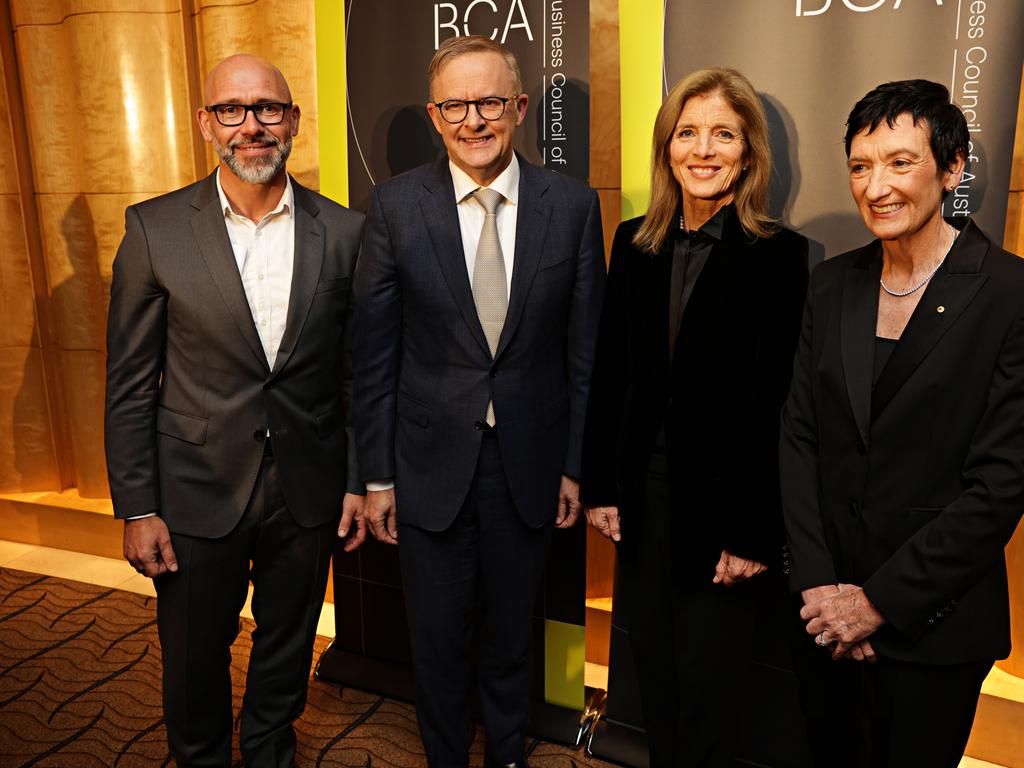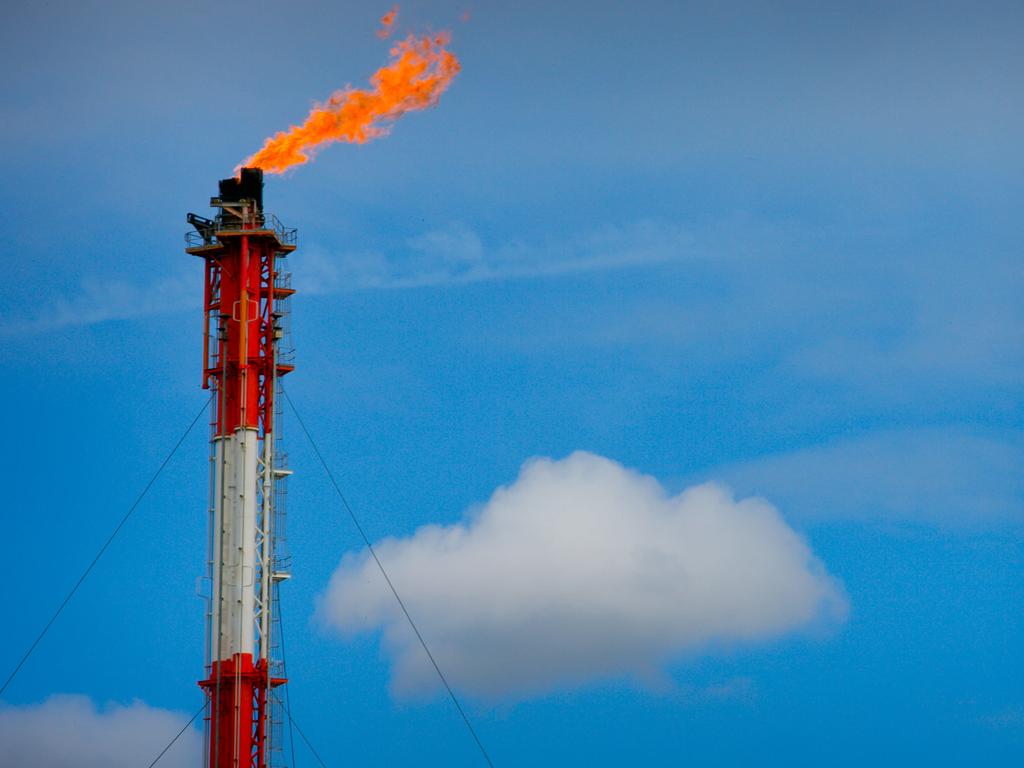
The foundations of Australia’s success are its vulnerability. The nation excels in mining, resources, agriculture, finance – and analysis of our problems. Six products make up 60 per cent of our exports: coal, iron ore, natural gas, education, gold and wheat. Few new businesses are being created. Inventions are not being scaled up to penetrate global markets.
Australia is a price taker, not a price maker from competitive performance. We are living off past success. But the world is changing in ways that demand that Australia also changes. The task we face is not intellectual; the challenge is known. The test is political and cultural; it is whether the leadership exists and enough community agreement exists to shift the nation on to a new trajectory.
The latest analysis of our problems is the Seize the Moment report from the Business Council of Australia – the most comprehensive reform document ever produced by that organisation – identifying 10 areas of change if Australia aspires to become a state-of-the-art 21st-century nation. This is not compulsory. Australia may prefer the comfort of a broadly status quo future.
That is the path to relative decline, internal dissent and trying to do more with less. It means an unhappy country. That may become Australia’s fate if leaders are too reluctant to lead and the public is too divided to mandate a new trajectory.
The BCA report begins by referencing the new, erupting world – largely unknown to the public. The country faces two industrial transformations – digital and clean energy. Both are unstoppable; denialism is folly. They are compounded by geo-strategic risk and the demographic time bomb – fewer workers to support older, retired people. The statistics are ominous: economic growth slowing to 2.3 per cent across the decade, down from 3.3 per cent; the lowest productivity (the main source of rising wages) in 60 years; per capita income growth only a third of the Howard era.
A new blueprint for redirection is critical. This should be the core of our political and media debate – yet it isn’t. The essential need is for truckloads of new investment. Every task – renewables, aged care, AUKUS – demands new investment.

Yet, as the BCA says, business investment is near a 30-year low as a proportion of gross domestic product. We suffer project announcement and project choke. The public senses something is badly wrong, and this mood is running at the Albanese government.
Our national start point should be recognition the status quo is failing. The report says: “On our current path, we face the real risk of Australia being overtaken by the rest of the world and Australians being worse off for generations to come.” On current trends, by 2050 the size of Australia’s economy will fall from 13th to 21st – behind Mexico, Egypt, Saudi Arabia, Pakistan, Turkey and Bangladesh, among other countries.
It is a mistake to think the long run is far away. The Albanese government, like the Morrison government, will be buffeted by events beyond its control; witness China’s current downturn, guaranteed to threaten Australia’s already weak economic growth forecasts in the immediate future.
The latest intergenerational report, projecting decades ahead, points to an Australian future of slower growth, rising taxes and unsure income gains. Sooner or later, the Albanese government needs to find a departure point to launch a more ambitious and urgent economic reform agenda.
This is the real meaning of the BCA report. Its value lies in solutions, not just diagnosis. It charts a new direction based on stronger economic growth, higher productivity, higher real wages and a more dynamic economy. The report doesn’t make this point but it’s obvious: the increase needed in defence spending will pivot on superior economic growth.

It is easy to say this report backs the business case. Yes, but its theme is the national interest and it offers what nobody else will venture: a blueprint for the future that in its detail and scope is actually revolutionary. The Labor government has produced nothing like this; neither has the Coalition. No other community group has even tried. The report contradicts the zeitgeist: the quest for silver bullets and the cult of single-issue politics. It recognises the complexity of our times; it wants consistency and co-ordination, more decisions from national cabinet.
Treasurer Jim Chalmers was positive, hailing a “strong alignment” between Labor’s thinking and the BCA’s instincts. That remains to be seen; many will be sceptical. That depends on two factors: whether Labor commits to significant across-the-board economic reform and the content of such policies.
The BCA, significantly, accepts the need for activist industry policy, given the global trend now under way. It seeks a “frontier nation” rethink, saying the economy must be competitive, open and connected. But “every idea can’t win a prize”. It says the focus must be on our comparative advantage and Labor’s $15bn National Reconstruction Fund needs a smaller number of co-investment areas.
The report wants an independent council reporting to national cabinet on innovation and new industries, a cabinet minister for the digital economy and AUKUS pillar two utilised for new technologies. It says Australia must avoid the trap of rising trade protectionism and double down on being internationally competitive, but its prescriptions on tax, workplaces and micro-economic reform seem sure to challenge the Labor government.
The BCA argues the current tax system is unsustainable for a globalised, competitive world. The system imposes too great a burden on personal income tax, the company tax system is “one of the most uncompetitive in the developed world”, capital markets are awash with employee superannuation savings but short of local investment opportunities and, as everyone knows, the GST rate is too low and the base too narrow.

The tax reform philosophy is “all options on the table”. But such logic is imperilled by destructive political and media resistance that has lasted a generation with little sign of any opening to major tax reform. With the BCA seeking workplaces that are “agile, flexible and efficient”, Labor’s espousal of a pro-union, more regulated workforce is out of synch not just with the BCA but, critically, with Labor’s pursuit of an economy based on technological change, mobility, innovation. Labor seems to be in collision with itself, a theme to watch.
Common ground between Labor and the BCA is apparent on social inclusion, female participation and, to an extent, the road to net zero and a skilled workforce. The BCA agrees with Labor that an efficient energy transition can boost productivity and backs Labor’s 82 per cent renewables target. It warns the risk is the old system fails before the new system is ready and says the task facing Australia is to get the balance right between energy affordability and security.
Implicit in this report is that both business and unions will need to change their mindsets. The cultural task will be to reconcile individual security with economic turbulence.
The BCA report is the swan song for outgoing chief executive Jennifer Westacott. It reflects the views of corporate members but bears Westacott’s stamp. Her vision is for “a co-ordinated, national plan to strengthen our economic resilience” in the cause of prosperity, higher productivity and wages.
Australia has no such plan at present. That testifies to the destructive politics that have lasted a generation. How much longer do we persevere with inadequate public policies as revealed in multiple reports, year after year, an underperforming skills and education system and insufficient investment for our needs? It’s time to begin a new conversation that accepts the status quo needs major revision and addresses the reform components for a new order. Or is that too hard?








The public senses that Australia is locked into economic underperformance. During the past decade the mood has been riven by irritation, grievance and impatience. Stagnant living standards, weak wages and rising costs have been pervasive.